 |
| History of Big Spring AAF Bombardier School and Webb AFB |
|
Construction of the Army Air Forces Bombardier School on a plateau approximately two miles southwest of Big Spring, Texas began on May 15, 1942. The purpose of the installation was to train aviation cadets in high altitude precision bombing. Training consisted primarily of ground school courses and practice missions over a target area larger than some of the nation's smaller states. The post proper covered an area of 1,280 acres. The first class of cadets (118 men) arrived Sept. 16, 1942, to begin bombardier training in the B-18 and the AT-11 training aircraft. After an intense three month course, the class graduated, exactly one year and ten days after the Japanese bombed Pearl Harbor.
The forty-second class of cadets to finish the school completed the course of training and received the silver wings of bombardiers on Sept 26, 1945. At that time, nearly 6,000 students had graduated and the field's training aircraft had flown approximately 400,000 hours and more than 60 million miles. Over 1,200,000 practice bombs had been released on nearby bombing ranges. While engaged in this huge training program and under wartime conditions, only four fatal accidents occurred. Many of the young men who trained at the school went on to fly combat missions in such planes as the B-17 Flying Fortress, B-24 Liberator, B-25 Mitchell, B-26 Marauder, and B-29 Superfortress, in both theatres of World War II.
There are two collections of photos, on Historic Images Page 1 and Historic Images Page 2 of the website, donated by former members of the 331st FIS. Thanks to all who provide us with expanded information.
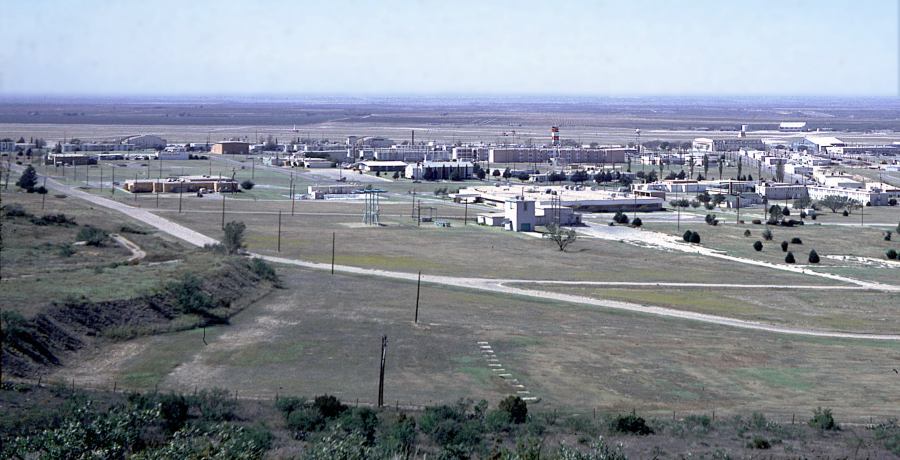 Above is a view of a thriving Webb AFB in 1976, taken from Scenic Mountain.
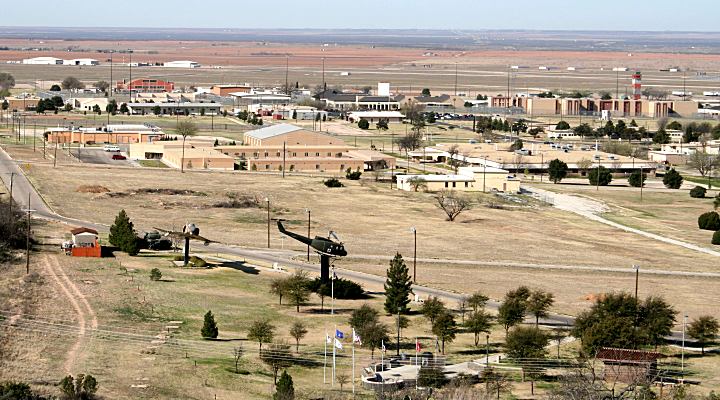
 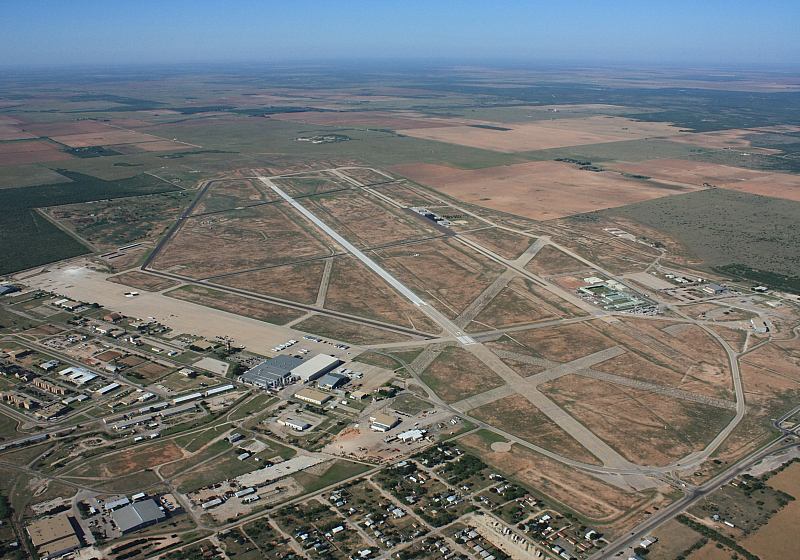
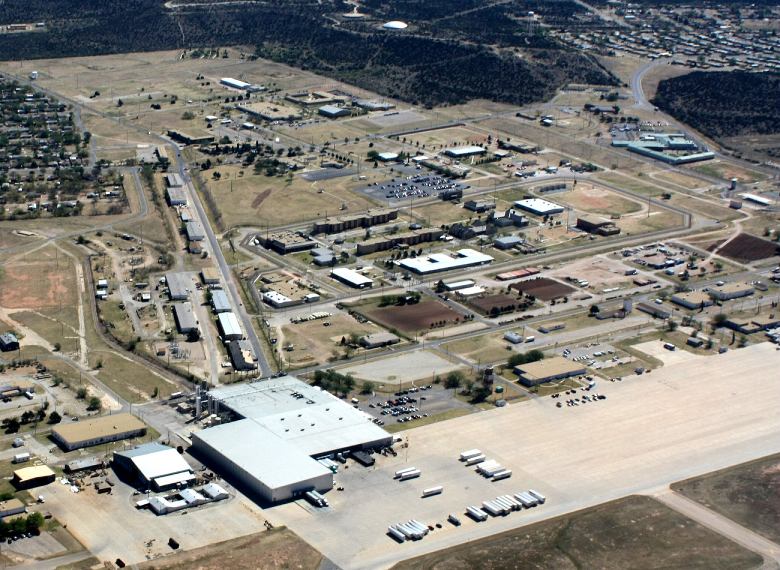
|
| Site Map |
|||
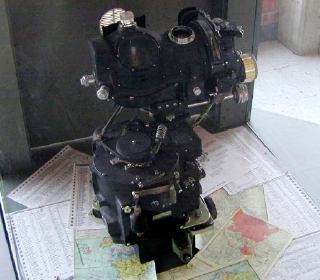
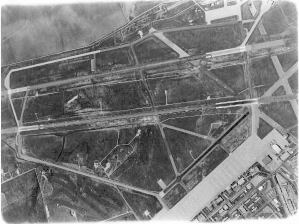
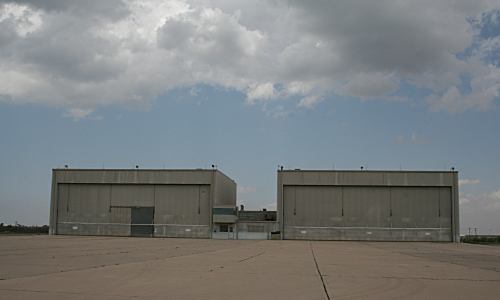 Webb accepted an additional mission when beginning June 15,1956, the 331st Fighter Interceptor Squadron was transferred from Stewart AFB, New York. A unit of the 29th Air Division, Air Defense Command, the 331st flew
Webb accepted an additional mission when beginning June 15,1956, the 331st Fighter Interceptor Squadron was transferred from Stewart AFB, New York. A unit of the 29th Air Division, Air Defense Command, the 331st flew 